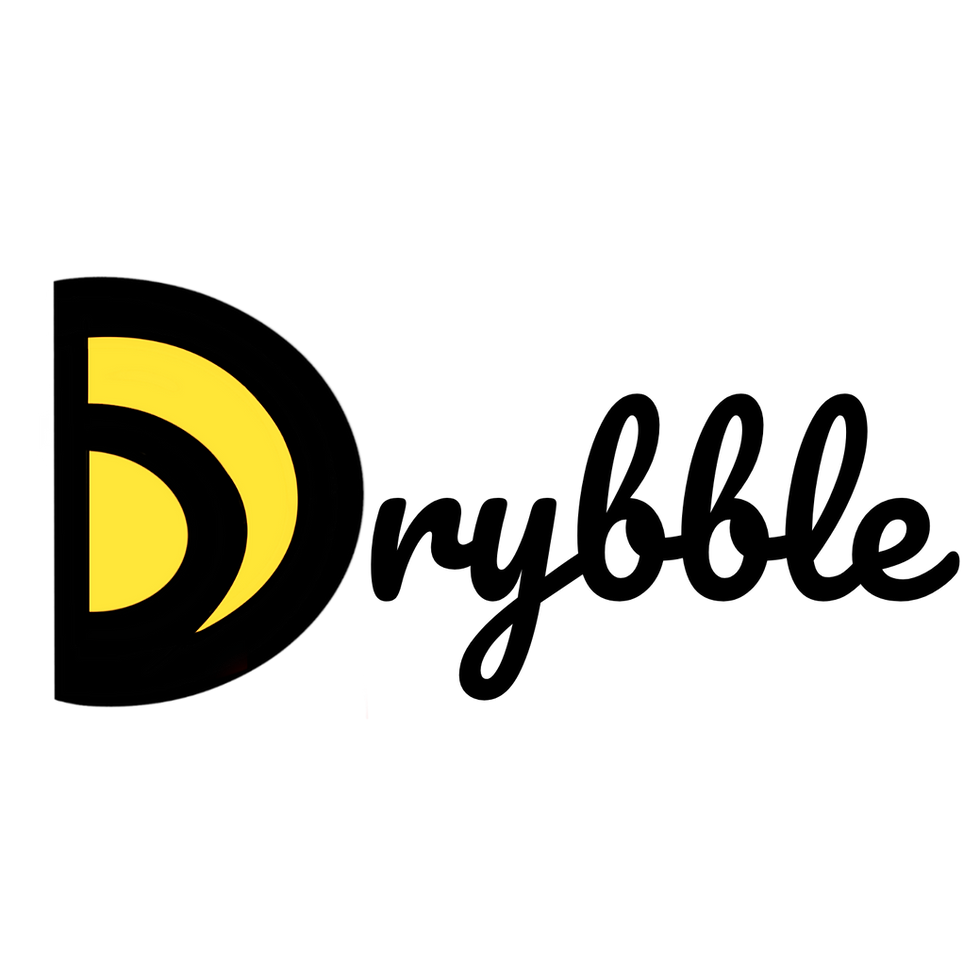In branding; playing it safe is the biggest risk
- Zahid Masroor
- Dec 5, 2023
- 3 min read
Type a product name on Google and you will find yourself spoilt for choice, the ugly reality for a brand is the overlapping offer offered by many. The irony, they all look the same too.

The Allure of the Familiar
We are almost at a point where tech translates to blue, so every tech-related site is blue. It's understandable why many brands opt for similar colours. Familiarity feels safe. We've all seen countless blue logos, red sale signs, and green eco-friendly labels. These colors have become almost synonymous with their respective industries. Blue conveys professionalism and trust, red grabs attention and evokes urgency, while green symbolizes nature and sustainability. But the irony is that while these colors do carry these associations, they've also led to a saturated landscape where many brands look indistinguishably alike.
The problem with too much familiarity is that it becomes unfamiliar
When human cognitions are subjected to similar stimuli, the ability of an object to leave a lasting effect vanishes
The Risk of Blending In
When your brand's colors blend into the crowd, it becomes challenging to capture the attention of your target audience. Imagine a potential customer scrolling through a website or walking down a store aisle, encountering a sea of brands with similar shades. What would make them stop and explore your brand? A distinct colour palette is like a spotlight, guiding your customers' gaze directly to your brand, allowing you to make a memorable impression.
The Power of Differentiation
A brand that defies color norms has the potential to create a lasting impact. Think about brands like Apple, with its sleek silver and white, or Coca-Cola, with its iconic red. These brands dared to be different, and it paid off immensely. They didn't just choose colors; they crafted an identity. By stepping outside the lines, they've become instantly recognizable, making it easier for customers to remember them.
The Emotional Connection
Colors evoke emotions. They have the power to shape how people perceive your brand. By carefully selecting colors that resonate with your target audience, you can create a strong emotional connection. When your brand colors align with the values, emotions, and aspirations of your customers, you're not just selling a product; you're selling an experience, a lifestyle, a story.
Unlocking Creativity and Innovation
Choosing similar colors is often a result of a fear of taking risks. But creativity thrives on risk-taking. By breaking away from the conventional, you open the doors to innovation. Experiment with unique color combinations that reflect your brand's personality. Think about the message you want to convey, the feeling you want to evoke, and the story you want to tell. Then, let those elements guide your color choices.
The Path Forward: A Vibrant Future
In a world where countless brands compete for attention, it's time to embrace the beauty of differentiation through color. Don't let your brand be just another drop in the ocean of similarity. Choose colors that not only set you apart but also reflect the essence of your brand. Let your colors be a beacon, guiding customers to an experience that's uniquely yours.
As you embark on the journey of crafting your brand, remember that choosing the right colors isn't just about aesthetics; it's about making a statement, sparking recognition, and fostering connection. Break free from the chains of similarity, and let your brand shine with colors that captivate, inspire, and leave a lasting impression. The canvas is vast, and the palette is yours. Paint your brand with the colors of distinction, and watch it flourish amidst the beauty of uniqueness.

Comentários